If you’re a location-independent entrepreneur or digital nomad, you might have already experienced the allure of Chiang Mai or Bali, or perhaps you’re currently living the dream in one of these vibrant destinations.
If you’re considering making the leap to either of these Southeast Asian gems, this article will help you weigh the pros and cons and determine which location best suits your lifestyle and needs.
As digital nomads who’ve had the privilege of calling both Thailand and Bali home, we’re excited to share our firsthand experiences and insights.
While our hearts ultimately belong to Thailand, Bali holds a special place in our memories, and we’ll explore the unique aspects of each location to guide your decision.

1. Flights and Logistics
Planning your Southeast Asian adventure starts with choosing your destination and booking those flights.
Let’s compare the travel time and logistics involved in reaching Thailand and Bali from the U.S.
The duration of your journey will depend on your departure city and your specific destination within Thailand or Bali. However, here’s a general overview:
To Thailand:
- Direct to Bangkok (BKK): Non-stop flights from major U.S. cities like Los Angeles or New York typically take 17-20 hours.
- Connecting Flights: Most itineraries involve at least one layover, which can extend the total travel time.
To Bali:
- Direct to Bali (DPS): Direct flights from the U.S. are less common.
- Connecting Flights: Most travelers will have at least one layover, often resulting in a total travel time of 20-24 hours or more from major U.S. cities.
If you plan to visit both destinations, the flight from Bangkok to Bali takes approximately 4 hours and 20 minutes.
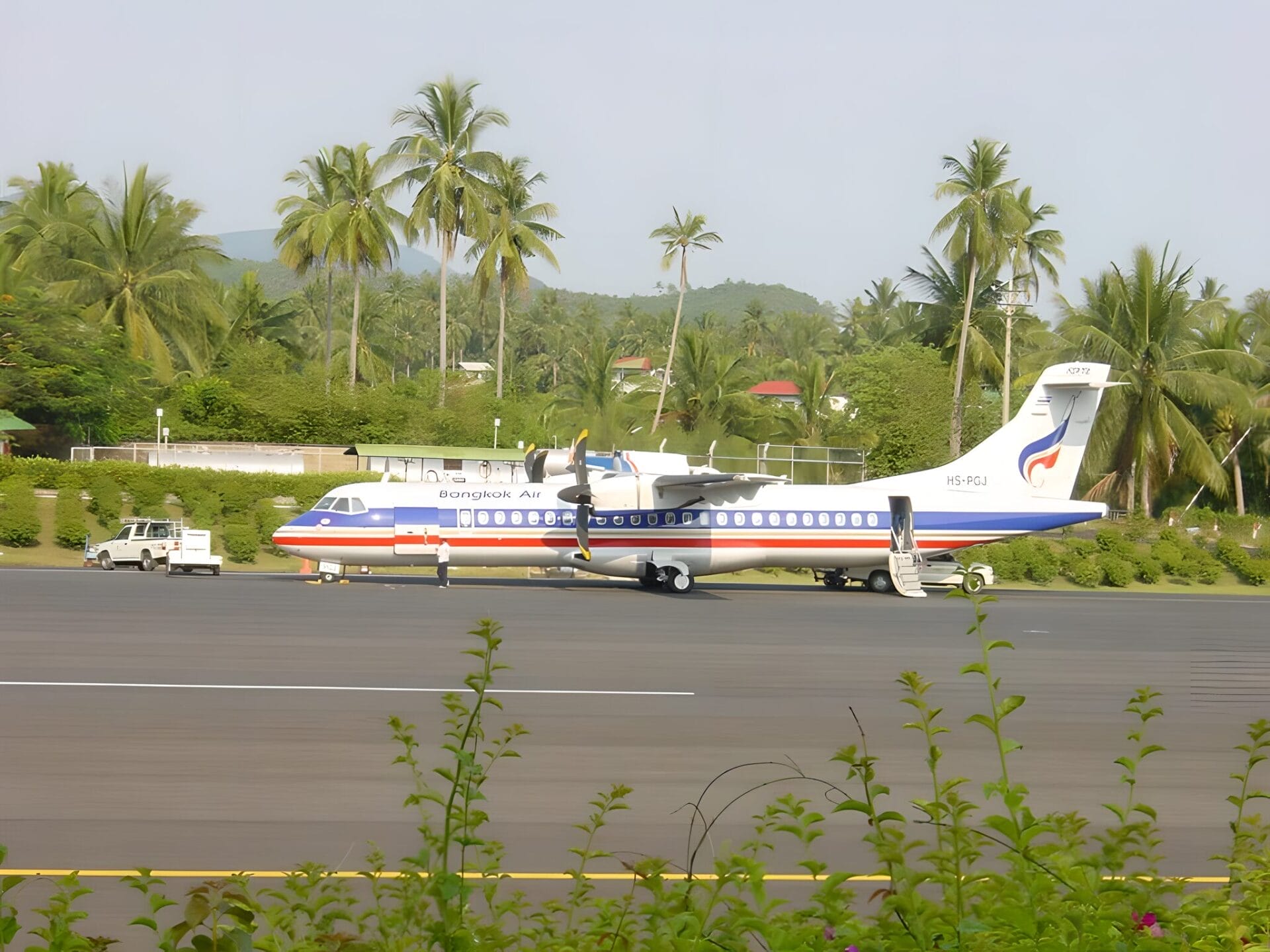
Once you’ve arrived, the ease of getting around within each destination can impact your overall experience.
- Bali: Bali is a relatively compact island, making it easy to explore different areas and attractions without extensive travel time. This is ideal for travelers who prefer a more relaxed pace and want to minimize time spent on transportation.
- Thailand: Thailand is a larger country with a wider range of diverse regions and experiences. This often means more domestic travel between cities and attractions, which can add to your overall travel time and costs.
While both destinations require a significant travel commitment, flying directly to Thailand might save you a few hours compared to reaching Bali, especially if you factor in a potential layover.
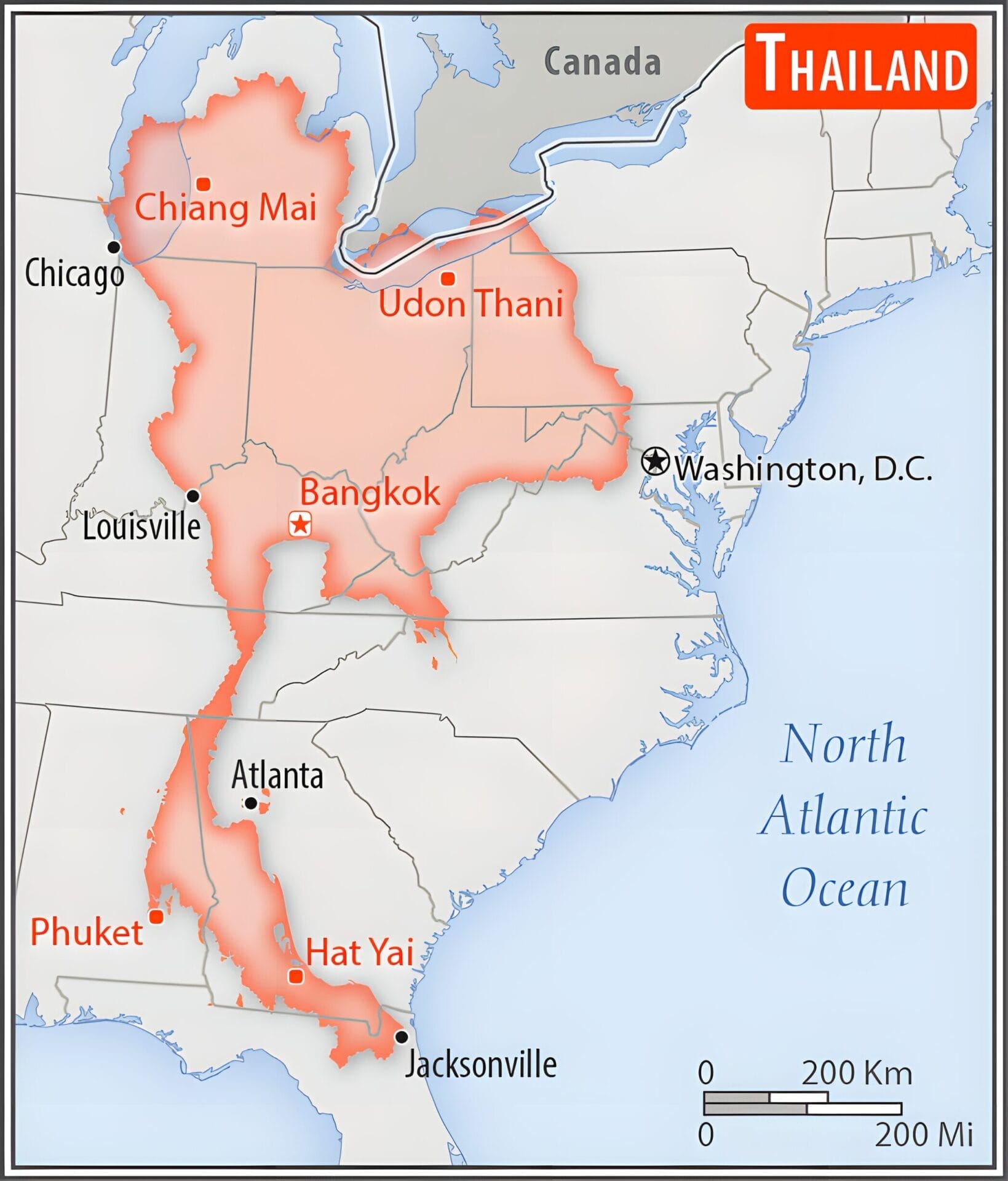
2. Visas and Extensions
Understanding visa requirements is crucial when planning a long-term stay in either Thailand or Bali.
Let’s break down the current visa options and extension processes for each destination, as of September 2024.
Thailand has recently implemented significant changes to its visa policies, making it even more attractive to tourists and remote workers.
Visa Exemption (60+30 Days):
- Citizens of 93 countries, including the U.S., UK, Australia, and many European nations, can enter Thailand without a visa for up to 60 days.
- This visa exemption can be extended for an additional 30 days at Thai immigration offices for a fee of 1900 baht (approximately USD 55).
- The extension process in Chiang Mai is generally straightforward and efficient.
Destination Thailand Visa (DTV):
- This new visa category caters to remote workers, freelancers, and individuals engaged in specific activities like sports training or cultural classes.
- The DTV allows for stays of up to 180 days and is valid for 5 years with multiple entries permitted.
- Important Note: Details regarding the total allowable stay per year on the DTV are still being clarified.
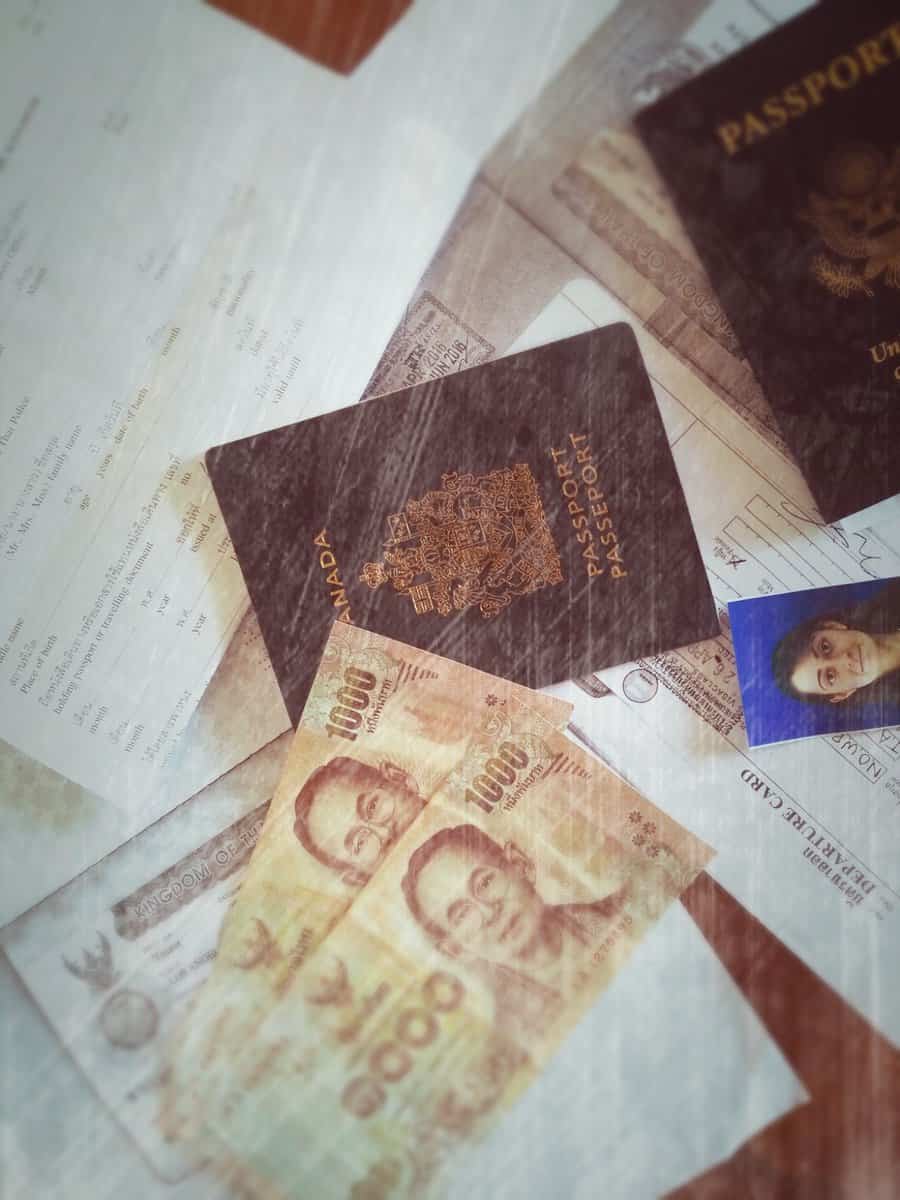
Bali‘s visa requirements are relatively straightforward for short-term stays, but extensions can be a bit more involved.
Visa on Arrival (VoA):
- Citizens of 97 countries can obtain a VoA upon arrival at Bali’s airport or seaport.
- The VoA grants an initial stay of 30 days.
- It can be extended once for another 30 days, allowing for a maximum stay of 60 days.
- The VoA costs IDR 500,000 (around USD 35) for most nationalities.
Entry Fees:
- Since January 1, 2024, all visitors pay an entry fee of IDR 150,000 (about USD 10) upon arrival.
- From February 14, 2024, a tourism tax applies to non-Indonesian nationals, supporting local culture.
We encountered some challenges while extending our VoA in Bali. We initially went to the wrong immigration office and received unhelpful service.
After finding the correct location, we faced longer wait times and less efficient procedures. However, we eventually secured our extension.
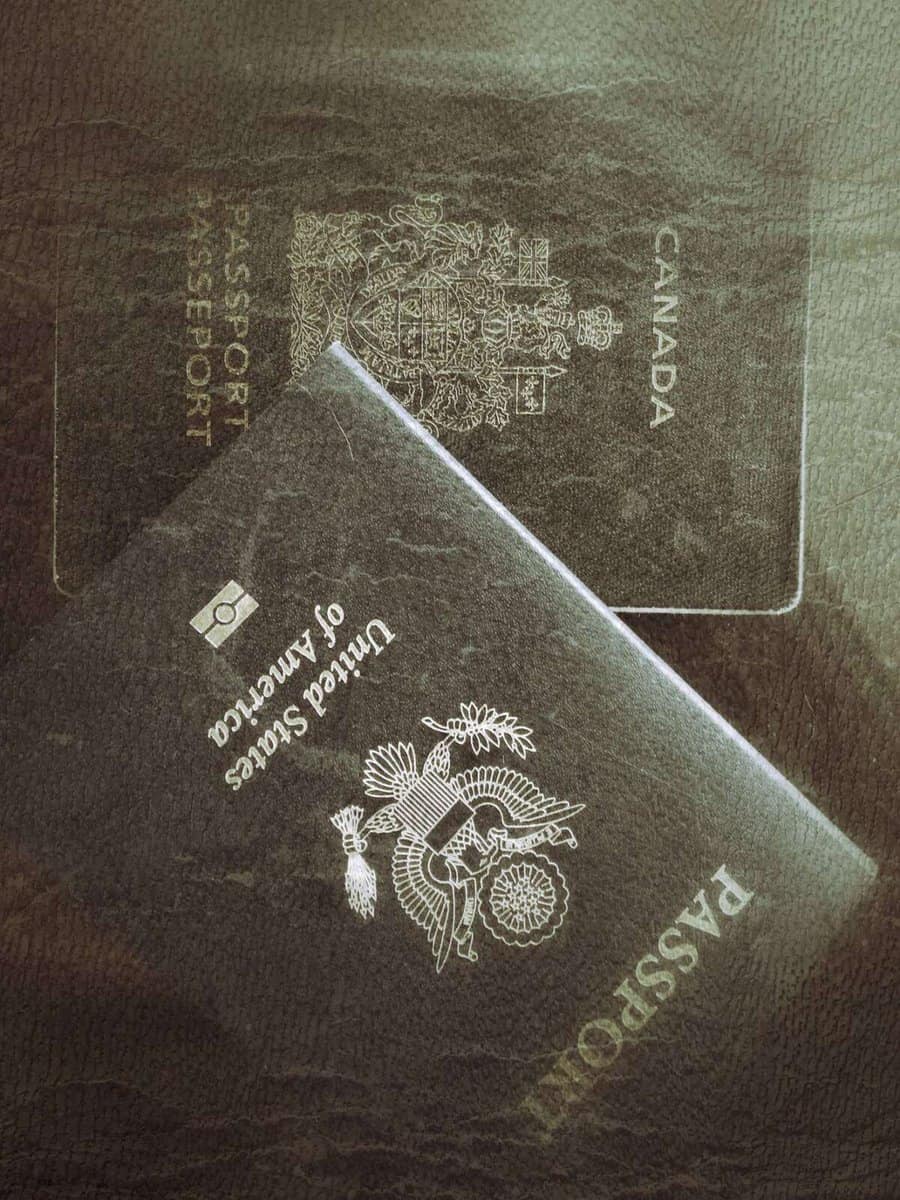
3. Accommodation
Escaping the high rent prices of California was a major factor in our decision to embrace the digital nomad lifestyle.
Let’s compare our experiences finding places to stay in Thailand, and Bali, Indonesia.
Chiang Mai, Thailand proved to be a haven of affordability, offering incredible value for money.
We found our first apartment in the heart of Nimman, a trendy and vibrant neighborhood with a plethora of cafes and restaurants.
Our studio apartment, located on the 5th floor of a modern condo building, was brand new, fully furnished, and cost us only $367 USD per month.
It was incredibly easy to settle in and feel at home.
The building also offered amenities like a security guard (mostly for show, but still reassuring), an exercise room, and a swimming pool, adding to the overall value.
We found the process of apartment hunting in Chiang Mai to be relatively smooth, with local agents providing a wide range of options to suit different budgets and preferences.
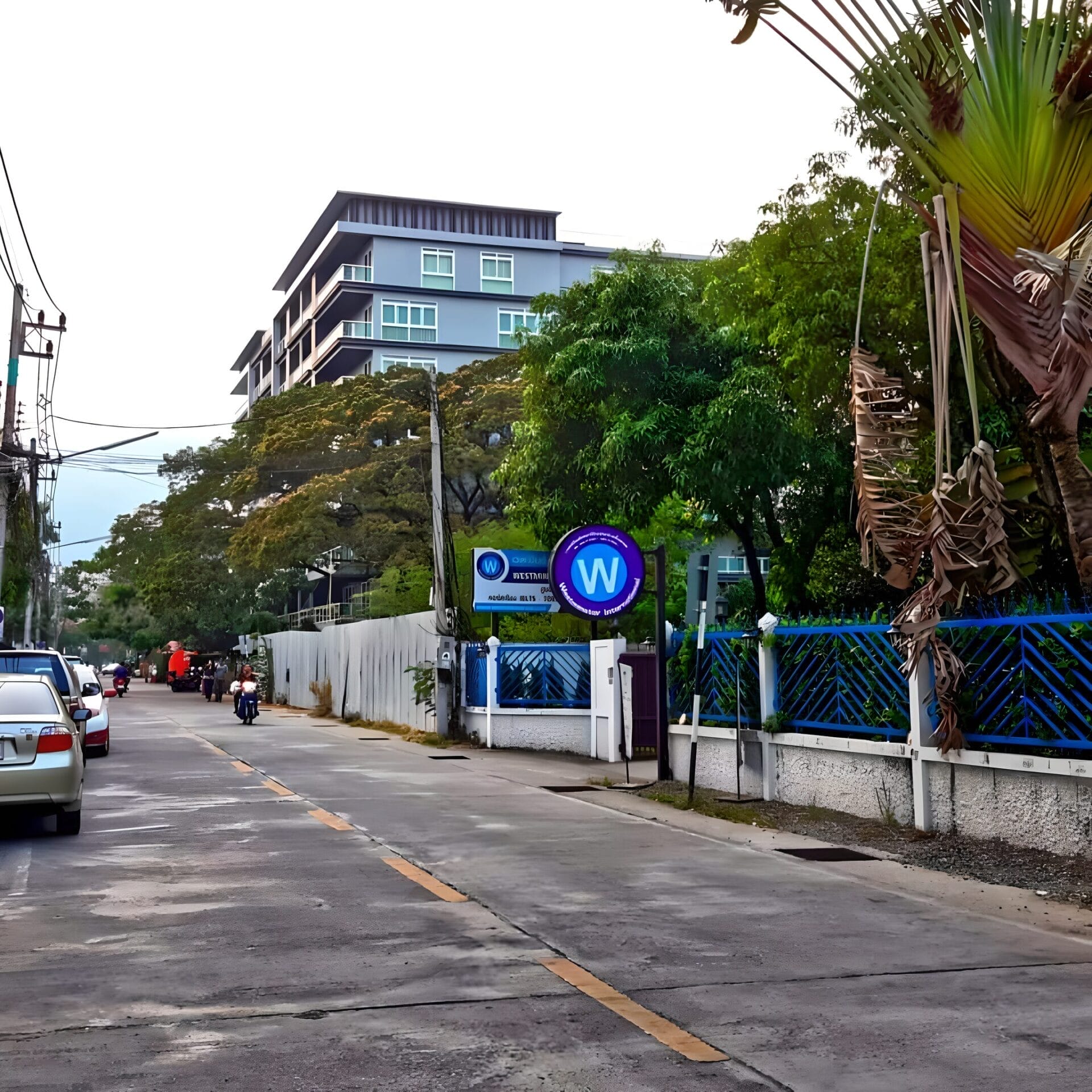
After our positive experience in Chiang Mai, we were a bit surprised by the challenges we faced finding comparable accommodation in Bali.
The island’s popularity as a tourist destination, particularly among Australians, drives up demand and prices.
We eventually secured a small studio apartment in Seminyak for $400 USD per month.
While it was furnished and had a full kitchen, the quality of the living space left much to be desired:
- The apartment was located down a dark, unpaved path, which raised safety concerns, especially at night, due to Bali’s stray dog population.
- The apartment itself lacked cleanliness, had a persistent odor, and the layout wasn’t ideal.
- We also experienced a minor security incident, with a pair of shoes being stolen from outside our door.
While this might be a rare occurrence, it highlighted the difference in safety levels compared to Chiang Mai.
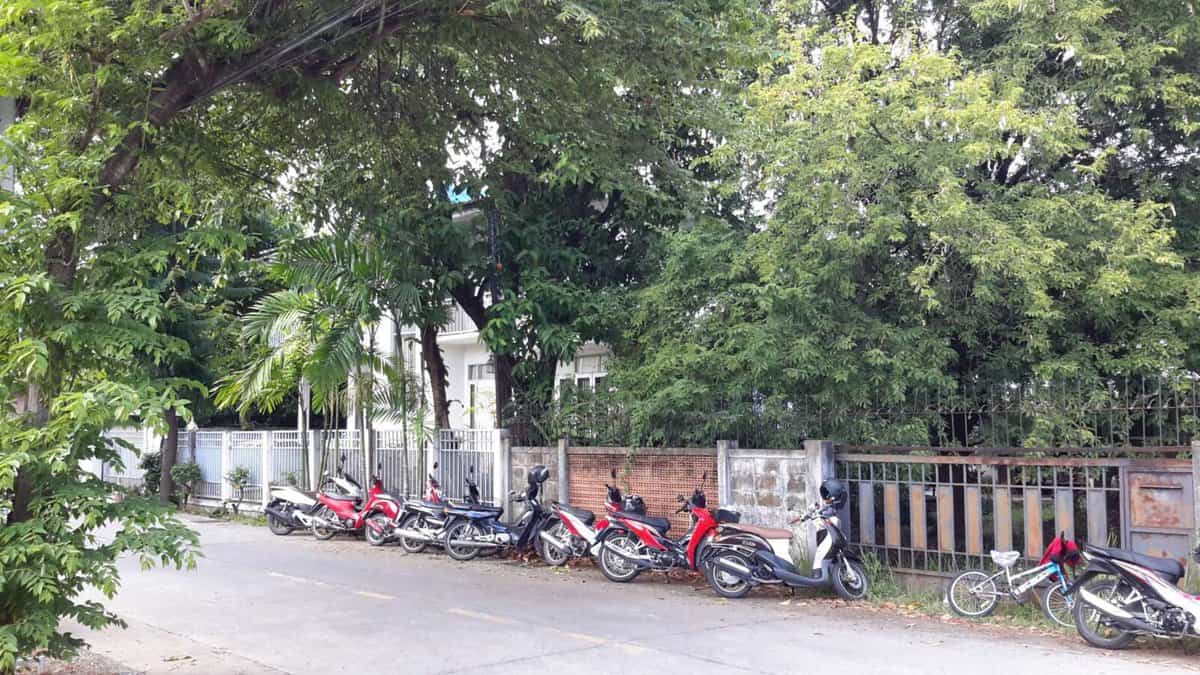
4. Beaches and Water Activities
When it comes to beach vacations, Bali and Thailand are renowned for their stunning coastlines and diverse water activities.
Let’s explore the unique features of each destination.
Bali’s beaches are famous for their world-class surf breaks, attracting wave riders from around the globe.
Popular spots like Kuta, Canggu, and Uluwatu offer a range of waves for all skill levels.
Beyond surfing, Bali offers a unique charm with its dramatic cliffs, volcanic black sand, and picturesque sunsets.
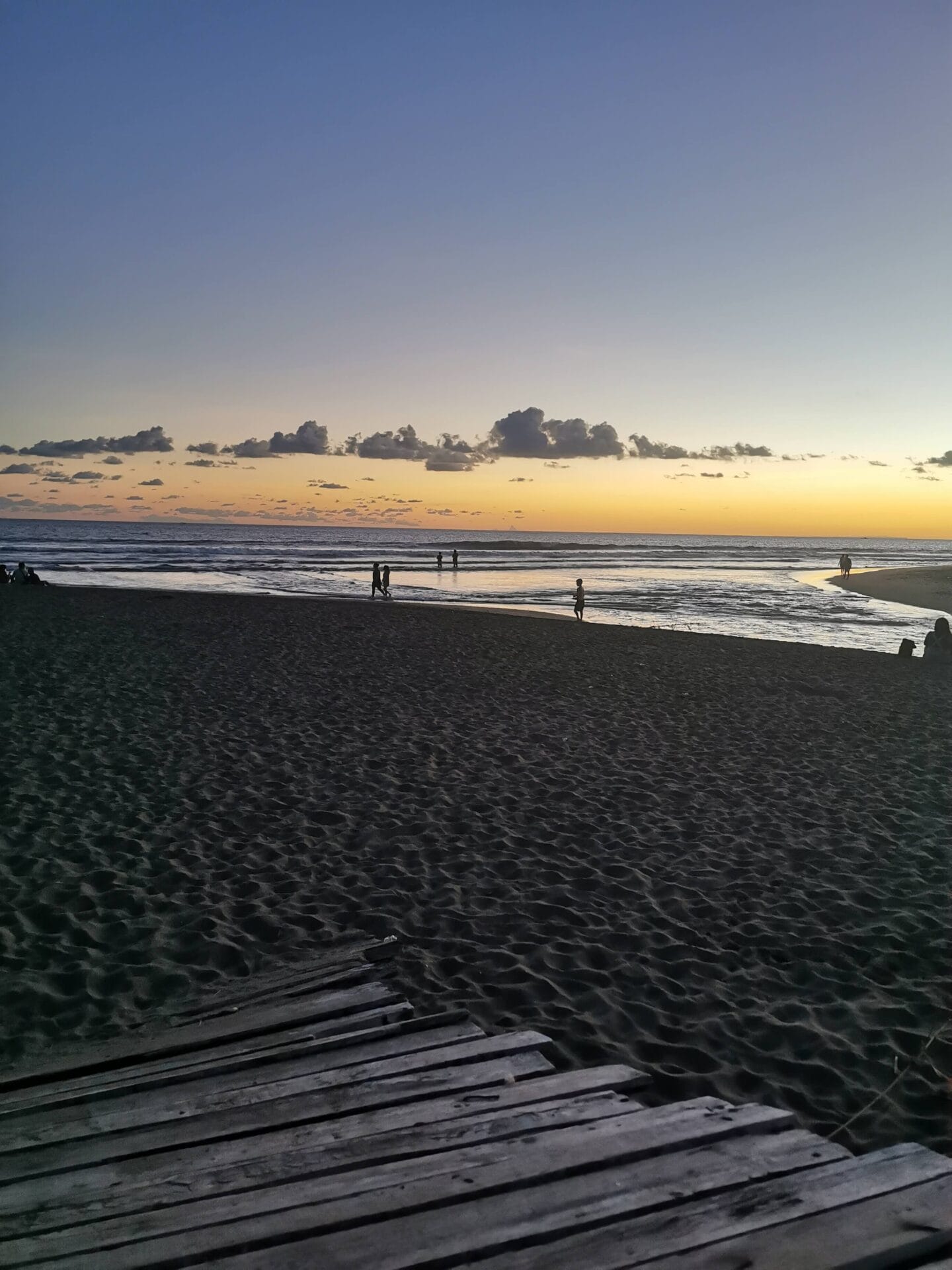
Thailand boasts a vast archipelago of islands, each offering a unique beach experience.
From the iconic powdery white sands and crystal-clear waters of Railay Beach, Koh Phi Phi, and Maya Bay to the bustling beaches of Phuket and Koh Lanta, there’s something for everyone.
While Chiang Mai lacks traditional beaches, it offers refreshing alternatives for water activities:
- Huai Tung Tao Lake: This scenic lake features sandy shores, creating a beach-like atmosphere. Visitors can swim, rent paddle boats, and enjoy lakeside snacks in bamboo huts.
- Mae Ngat (Knott) Dam: Surrounded by lush hills and forests, this reservoir offers swimming and boat trips for enjoying the natural beauty.
- Doi Tao Lake: A larger lake ideal for swimming and peaceful relaxation amidst nature.
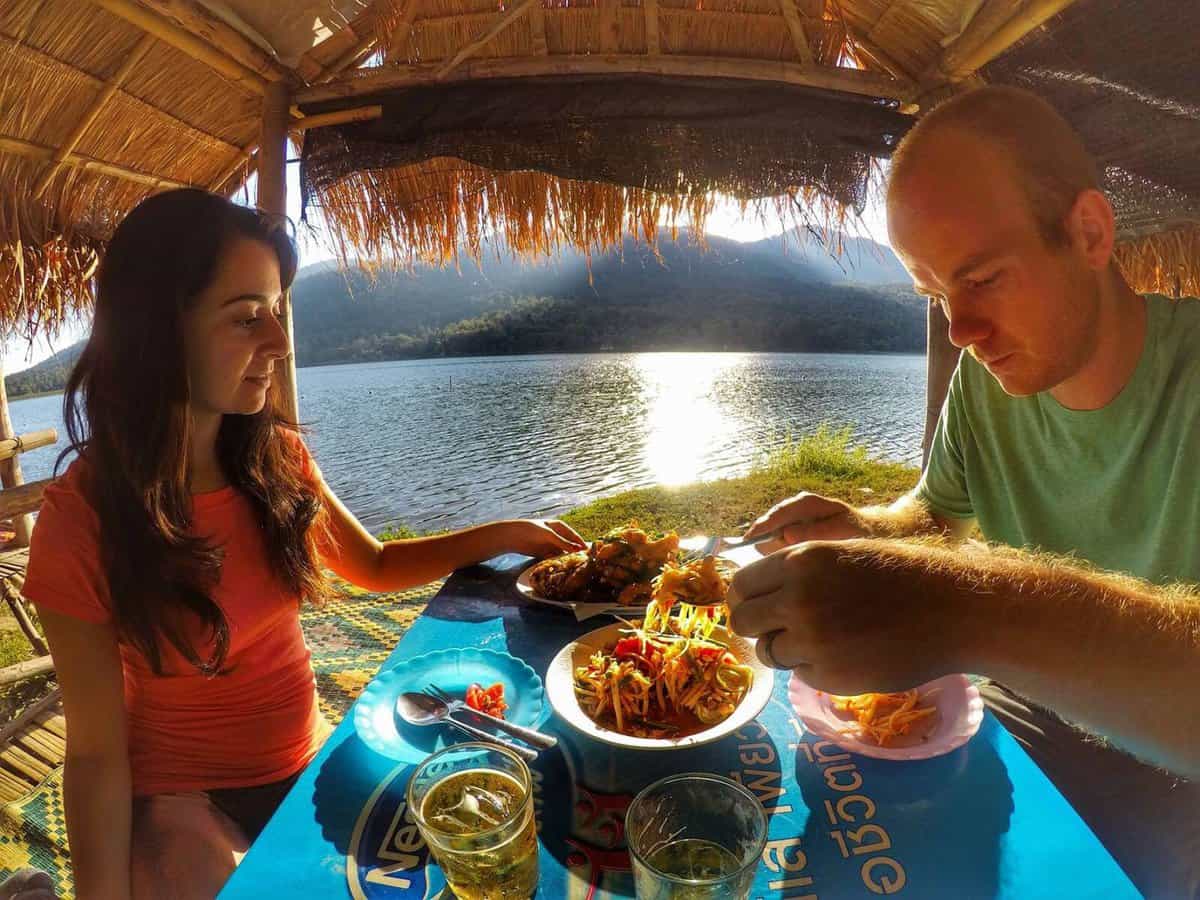
5. Food & Drink
One of the joys of traveling and living abroad is immersing yourself in the local cuisine.
Both Chiang Mai and Bali offer diverse culinary experiences, but cater to different tastes and budgets. Let’s explore the food scenes in each location.
Chiang Mai‘s food scene is a major highlight for us, offering an incredible variety of delicious and affordable options.
Whether you’re craving a quick bite from a street food stall or a fine dining experience, Chiang Mai has it all.

Street Food Heaven:
We found ourselves constantly drawn to the street food stalls, which offer an explosion of flavors at incredibly low prices.
From flavorful noodle dishes like Pad Thai and Khao Soi to savory curries and grilled meats, the quality and variety are exceptional.
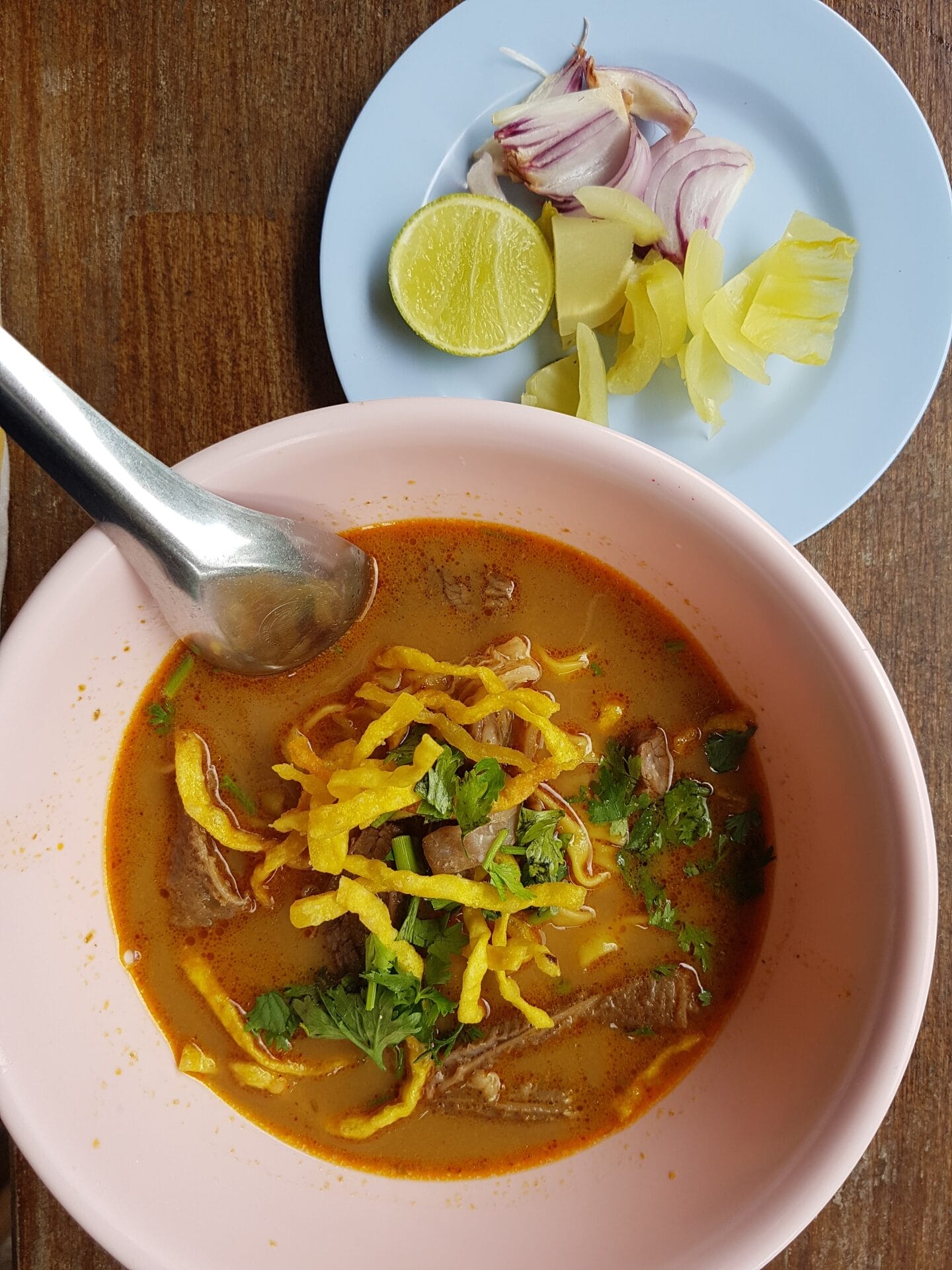
International and Western Options:
Chiang Mai also boasts a diverse range of international restaurants, catering to various tastes.
You’ll find everything from Italian and Japanese to Mexican and Indian cuisine.
And yes, they even have delicious burgers for those craving a taste of home!

Variety and Value:
Chiang Mai’s food scene truly offers something for everyone, with options to suit every budget and preference.
The abundance of fresh, healthy, and flavorful dishes makes it a foodie’s paradise.
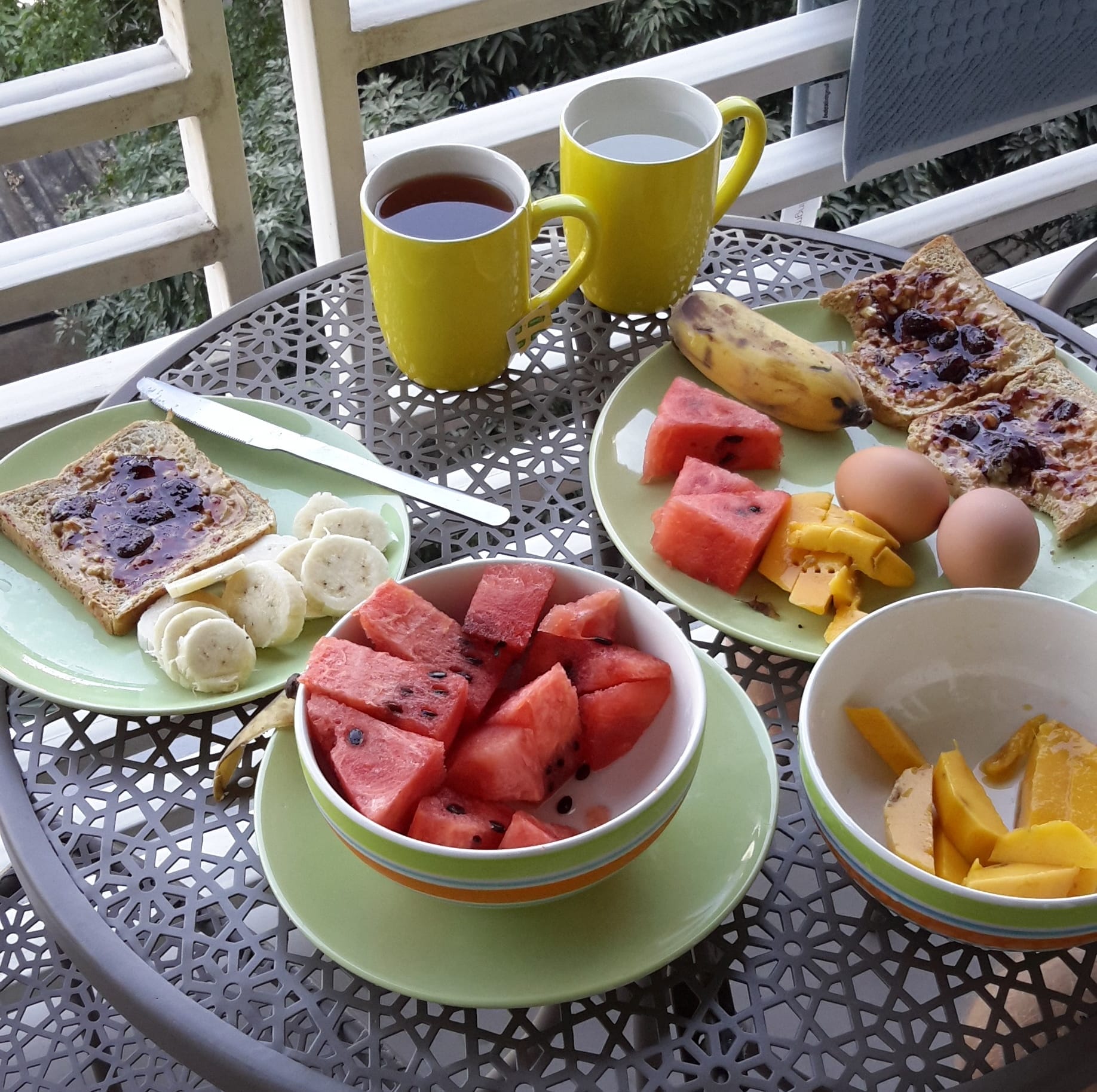
Bali‘s culinary landscape is shaped by its thriving tourism industry. While Balinese food has its merits, we found it to be less diverse and flavorful compared to Thai cuisine.
Tourist-Oriented Dining:
The majority of restaurants and cafes in Bali cater to tourists, particularly those with higher budgets.
You’ll find plenty of trendy restaurants, upscale cafes, and beachside bars offering stunning views and Instagram-worthy dishes.
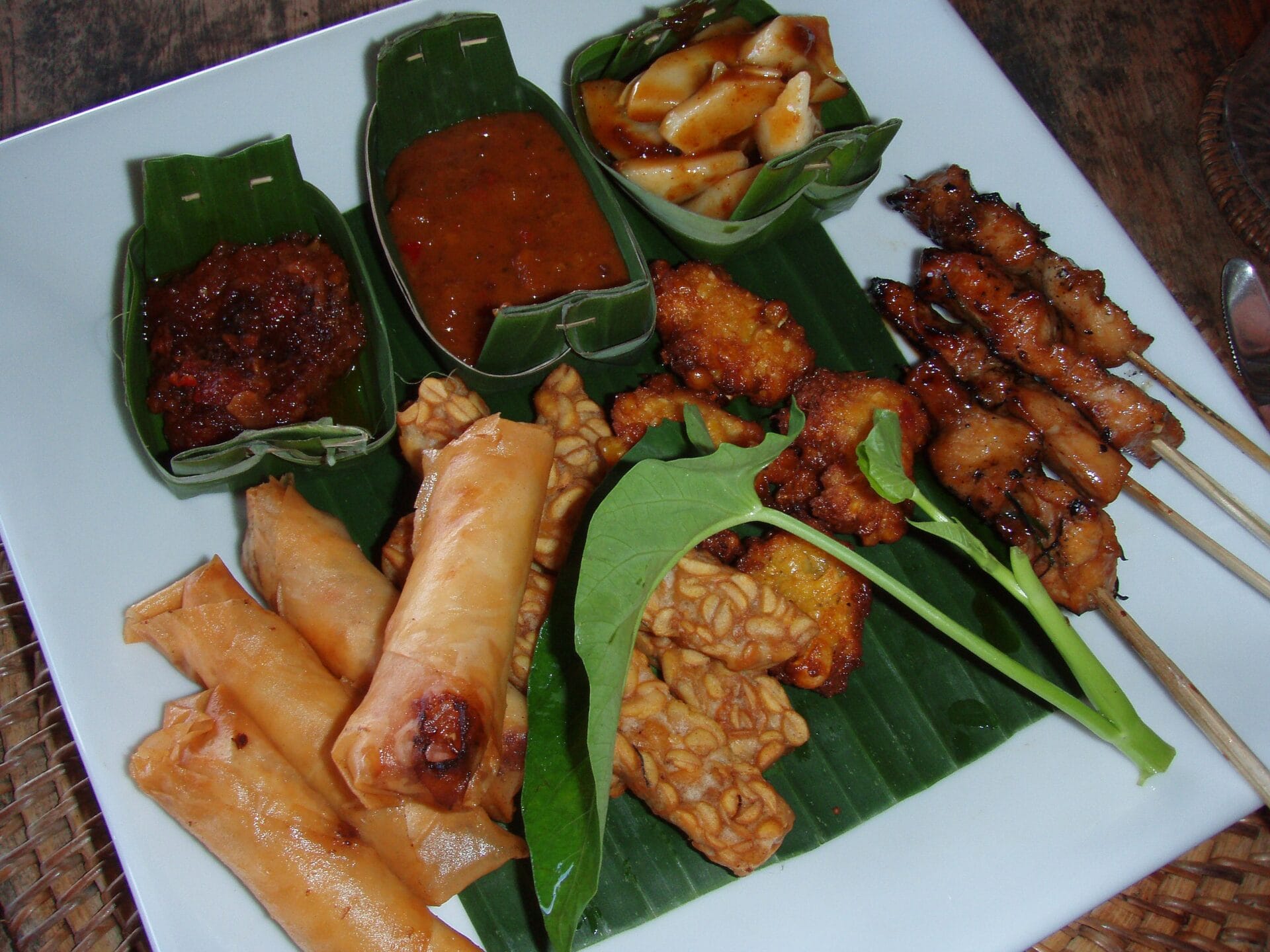
Local Warungs:
For budget-conscious travelers, local Warungs offer a more affordable option. These small, family-run eateries serve traditional Balinese dishes.
However, we found the quality to be inconsistent, and the options often leaned towards oily and starchy dishes.
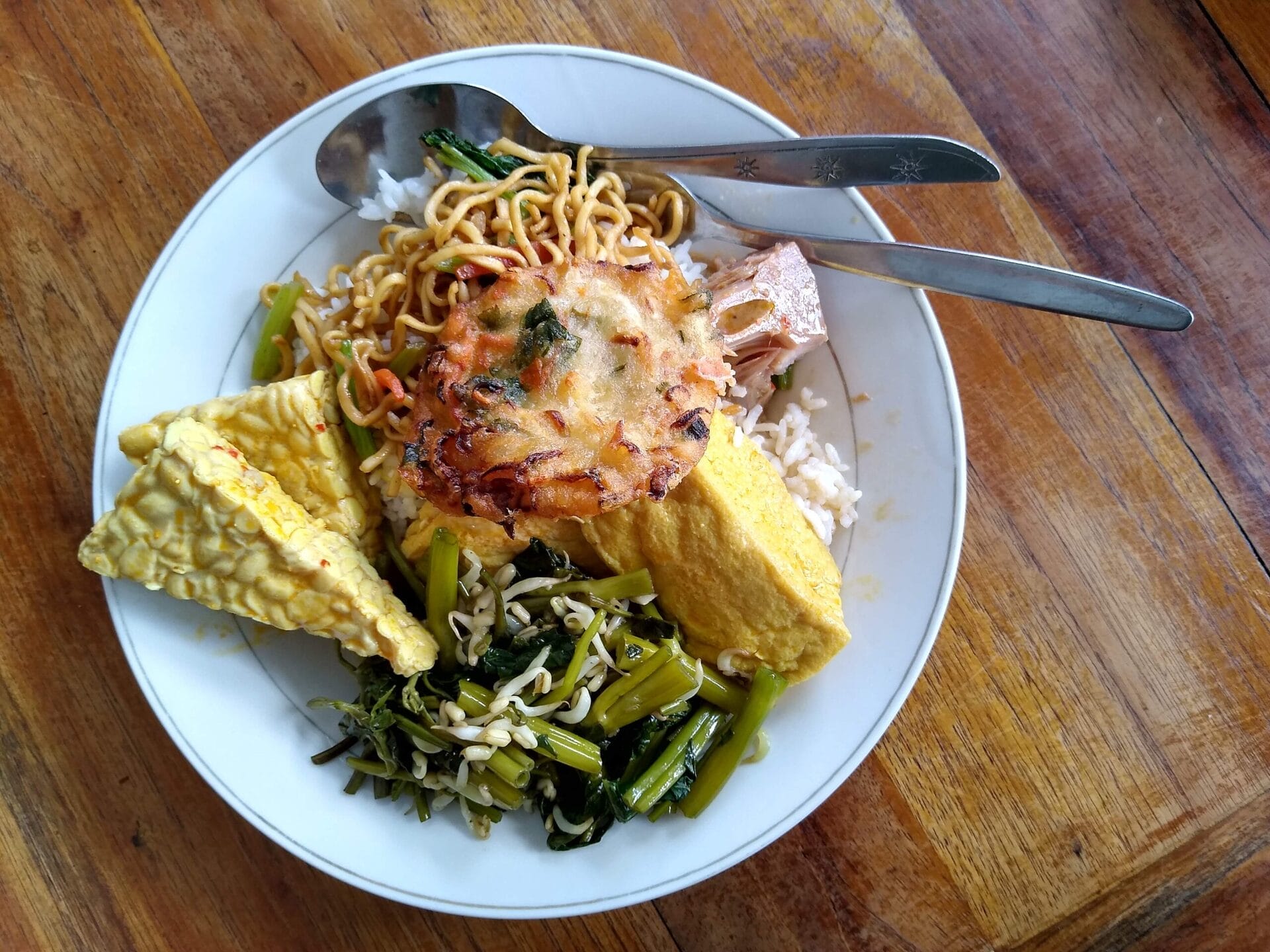
Trendy Cafes and Desserts:
Bali’s cafe culture is booming, with countless trendy cafes and dessert shops popping up across the island.
These establishments offer aesthetically pleasing treats and Instagrammable backdrops, but can be pricey.
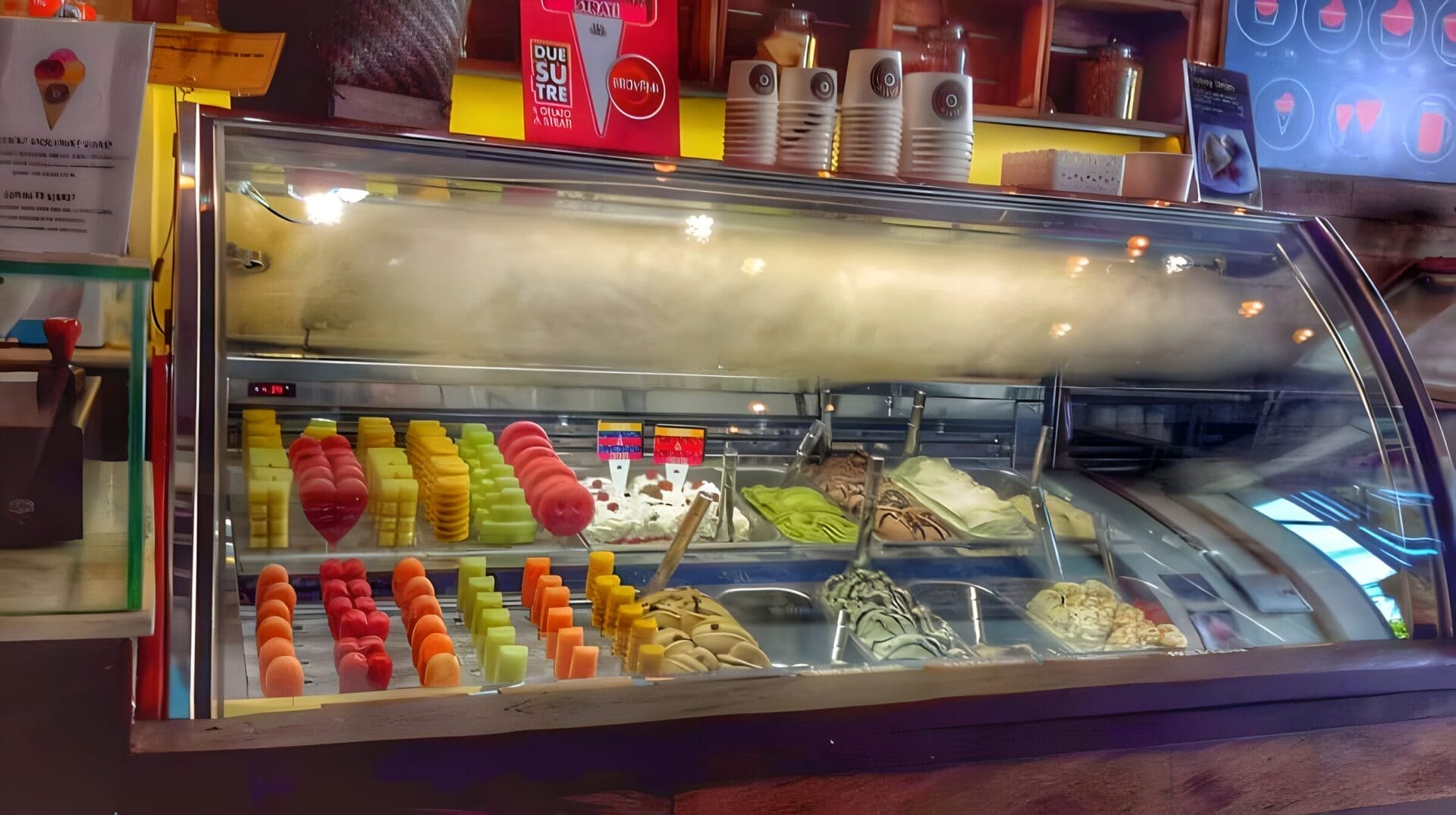
6. Co-working Spaces
Chiang Mai has earned a reputation as a digital nomad hub, offering a well-established and diverse co-working scene.
Bali’s co-working options are also growing, though not quite as extensive or developed. Let’s compare our experiences in both locations.
Chiang Mai‘s abundance of co-working spaces makes it easy for remote workers to find a productive and collaborative environment.
Punspace, with its two locations in Nimman and the Old City, is a popular choice among digital nomads.
- Nimman Location: This branch is known for its vibrant and social atmosphere. However, we found it a bit crowded and distracting, especially during peak season.
- Old City Location: The newer and larger Old City location offers a more spacious and quieter environment, ideal for those seeking focused work. While less social than the Nimman branch, it still provides opportunities for networking and interaction.
Beyond Punspace, Chiang Mai offers a variety of other co-working spaces, each with its unique atmosphere and amenities.
This diverse range ensures that you can find a space that suits your work style and preferences.

Bali‘s co-working scene is still developing but offers some promising options, particularly in Ubud and Canggu:
- Hubud (Ubud): While we didn’t personally visit Hubud, it’s widely regarded as one of Bali’s most popular and established co-working spaces. It’s known for its strong community and focus on sustainability.
- Wave (Kuta): We worked from Wave, a budget-friendly co-working space near Kuta. It provided a functional workspace without the crowds. While basic in terms of amenities, it served our needs during our two-month stay.
- Canggu: Canggu is rapidly gaining popularity among digital nomads, and its co-working scene is expanding accordingly. We haven’t had the chance to explore Canggu’s co-working spaces firsthand, but they are worth considering if you’re drawn to this trendy and vibrant area.

7. Transportation
Navigating a new city is an essential aspect of the digital nomad experience.
Both Chiang Mai and Bali offer various transportation options, each with its own pros and cons.
Motorbikes are a popular and affordable mode of transportation in both Chiang Mai and Bali, providing freedom and flexibility to explore at your own pace.
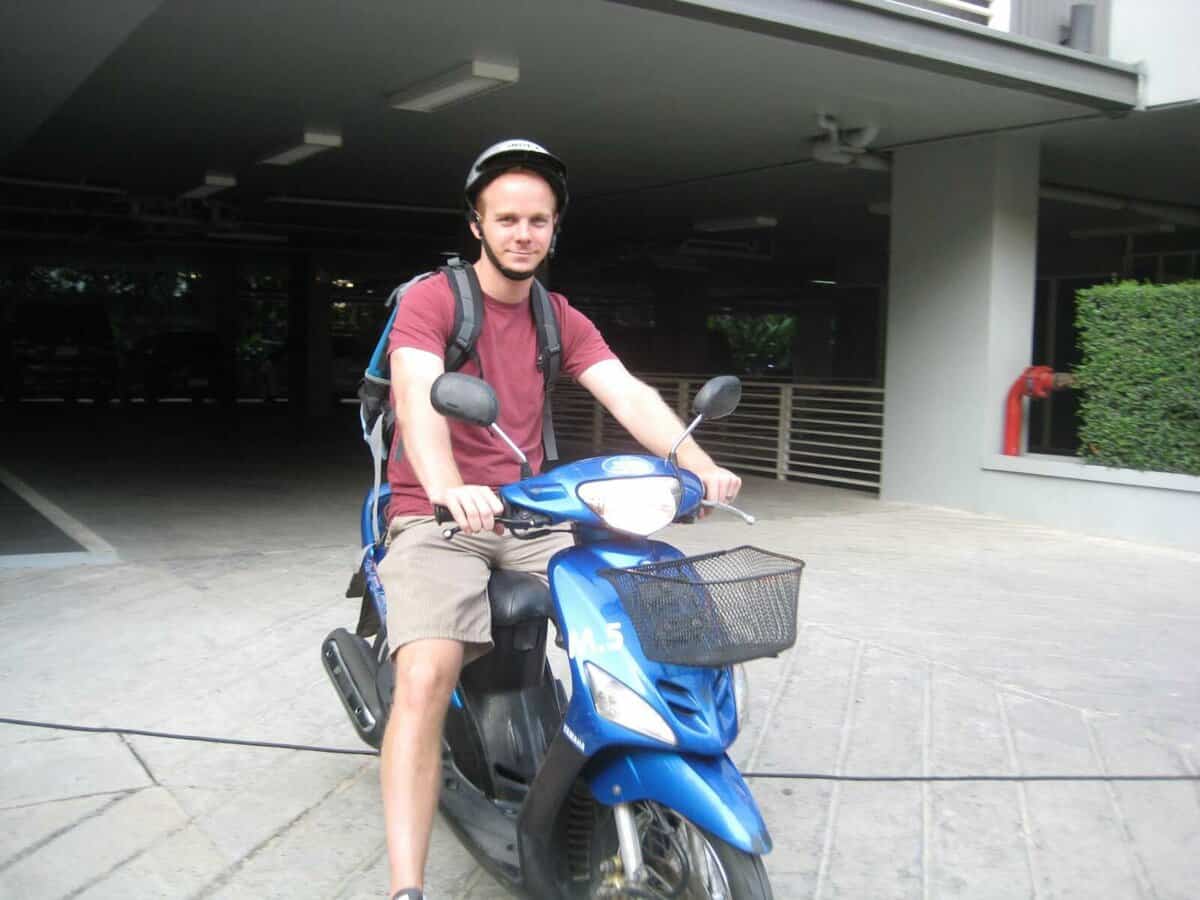
Motorbiking in Chiang Mai:
- Renting a motorbike in Chiang Mai is relatively cheap and easy.
- Traffic, while present, is generally manageable, especially compared to Bali.
- The wider roads and less aggressive driving style make Chiang Mai a good place to learn how to ride a motorbike if you’re a beginner.
Public Transportation in Chiang Mai:
- Chiang Mai offers a convenient and affordable public transportation system.
- Songthaews (red trucks): These shared taxis are a common sight and offer rides around town for as little as 50 cents.
- Tuk-tuks: For more direct routes, tuk-tuks are readily available, with fares typically ranging from $5-$8 USD depending on the distance.
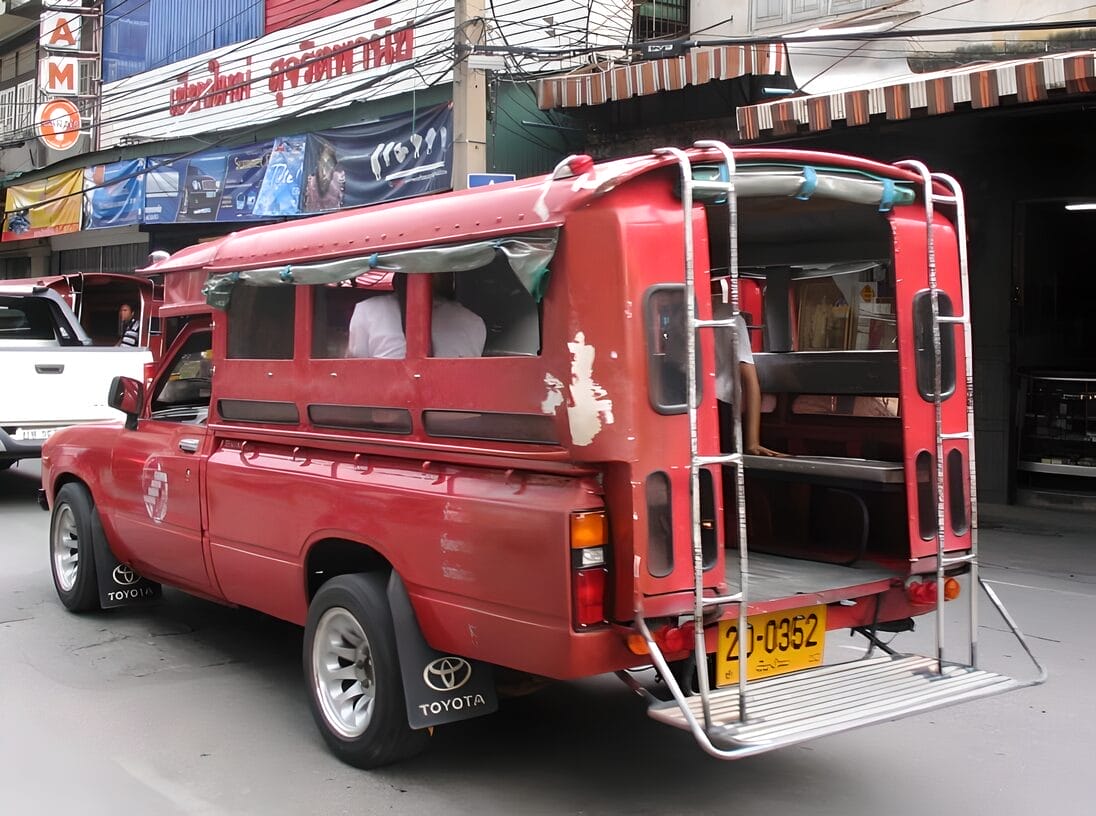
Motorbiking in Bali:
- Motorbikes are also readily available for rent in Bali.
- However, Bali’s traffic can be notoriously congested, particularly in popular tourist areas.
- Drivers in Bali tend to be faster and more assertive, which can be intimidating for inexperienced riders.
- The narrower streets and higher density of pedestrians and vehicles add to the challenge.
Public Transportation in Bali:
- Public transportation options in Bali are more limited.
- Taxis: Taxis are readily available but can be expensive, especially for longer distances.
- Motorbike taxis: Informal motorbike taxis are also prevalent, with drivers often approaching pedestrians offering rides. While we didn’t personally use this option, it’s likely a more affordable alternative to taxis.
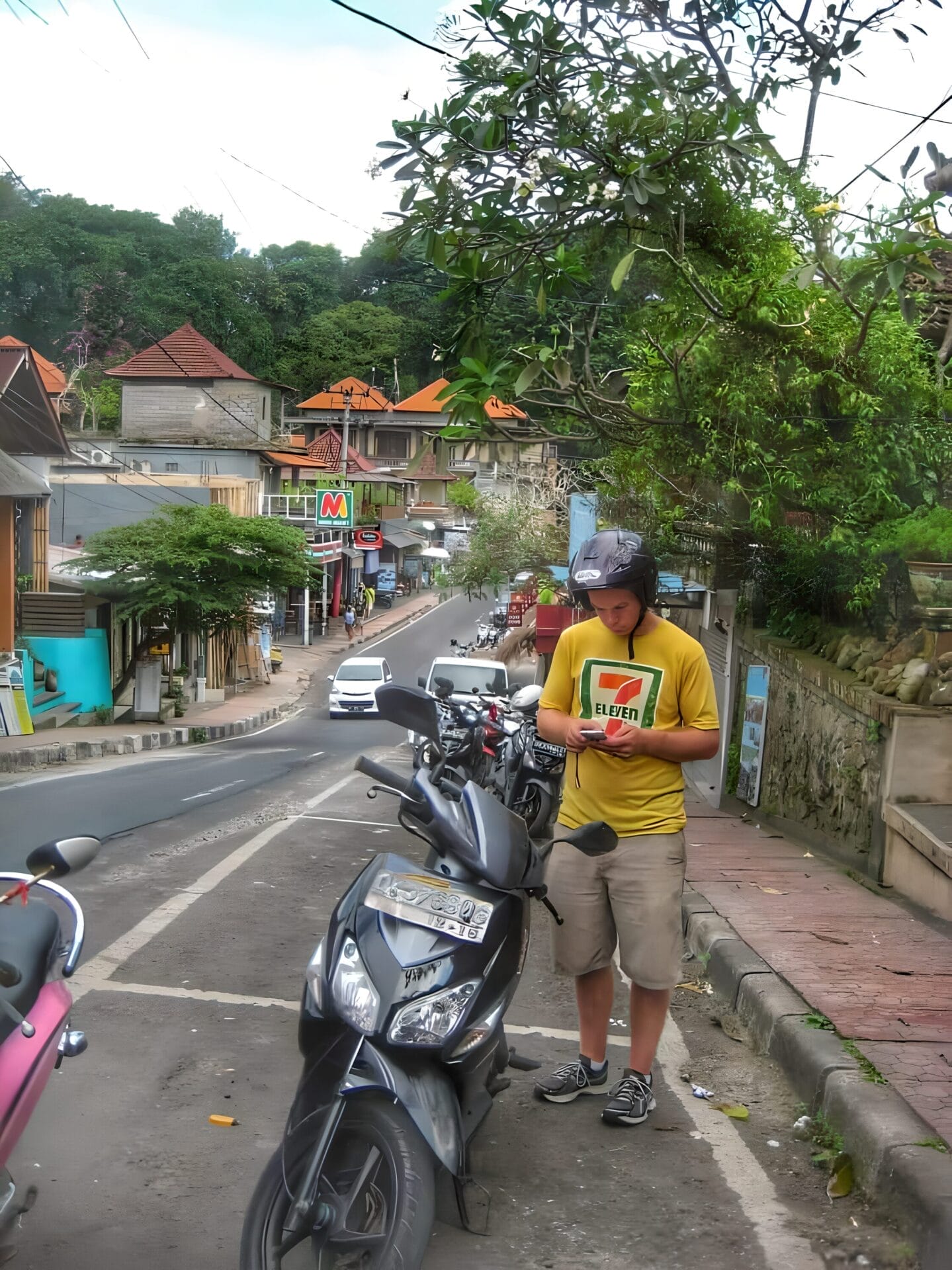
8. General Feel and Safety
Beyond the practical aspects of living and working abroad, the overall atmosphere and sense of safety play a significant role in choosing the right destination.
Let’s compare the general feel and safety of Chiang Mai and Bali.
Bali‘s economy heavily relies on tourism, and this is evident in its overall atmosphere. The streets are often lined with souvenir shops and vendors, creating a constant buzz of activity.

Persistent Vendors:
While some might enjoy the lively atmosphere, we found the persistent vendors to be overwhelming at times.
Shopkeepers often try to entice tourists into their stores, sometimes shouting or even playfully blocking your path on the sidewalk.
This constant pressure to buy can be tiring for long-term residents.

Tourist-Centric Atmosphere:
Bali’s focus on tourism can make it challenging to escape the feeling of being a perpetual tourist.
The interactions with locals often revolve around transactions, which can create a sense of detachment.
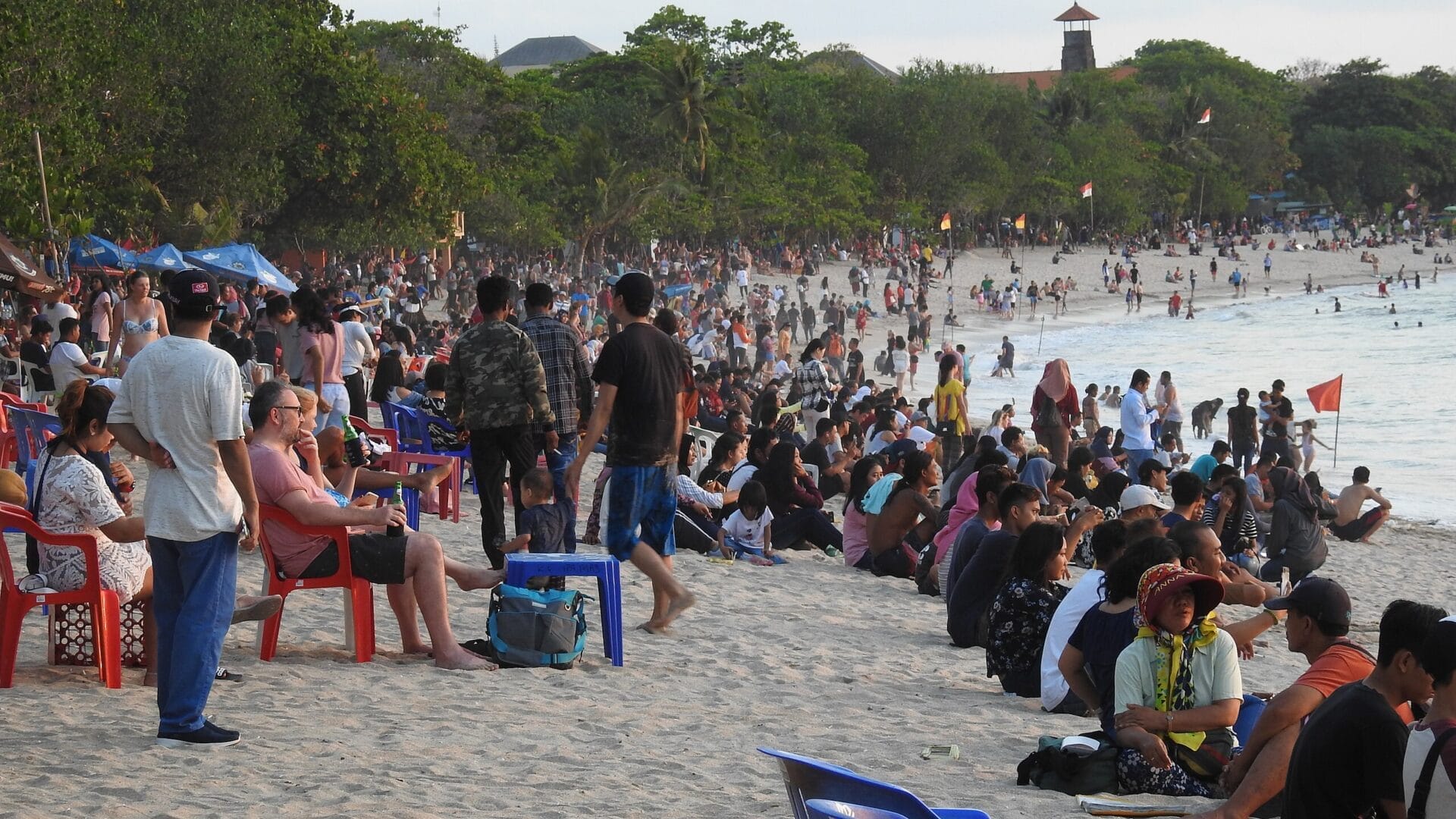
Chiang Mai offers a more laid-back and authentic experience compared to Bali. While tourism is present, it doesn’t dominate the city’s identity.
Laid-Back Locals:
We appreciated the relaxed and unhurried nature of Chiang Mai’s locals. Shopkeepers are generally less assertive, and you’re less likely to feel pressured into making purchases.
This allows you to interact with locals on a more genuine level and feel like a resident rather than just a tourist.

Sense of Community:
Chiang Mai has a strong sense of community, with a mix of locals and expats creating a welcoming and inclusive atmosphere.
It’s easier to integrate into the local rhythm of life and build connections with people from different backgrounds.

Safety:
Both Chiang Mai and Bali are generally safe destinations, but Chiang Mai has a slight edge in terms of overall safety.
We felt more secure walking around Chiang Mai at night, and there were fewer concerns about petty theft or scams.
While Bali is generally safe, it’s always wise to be mindful of your surroundings and take precautions against petty crime.
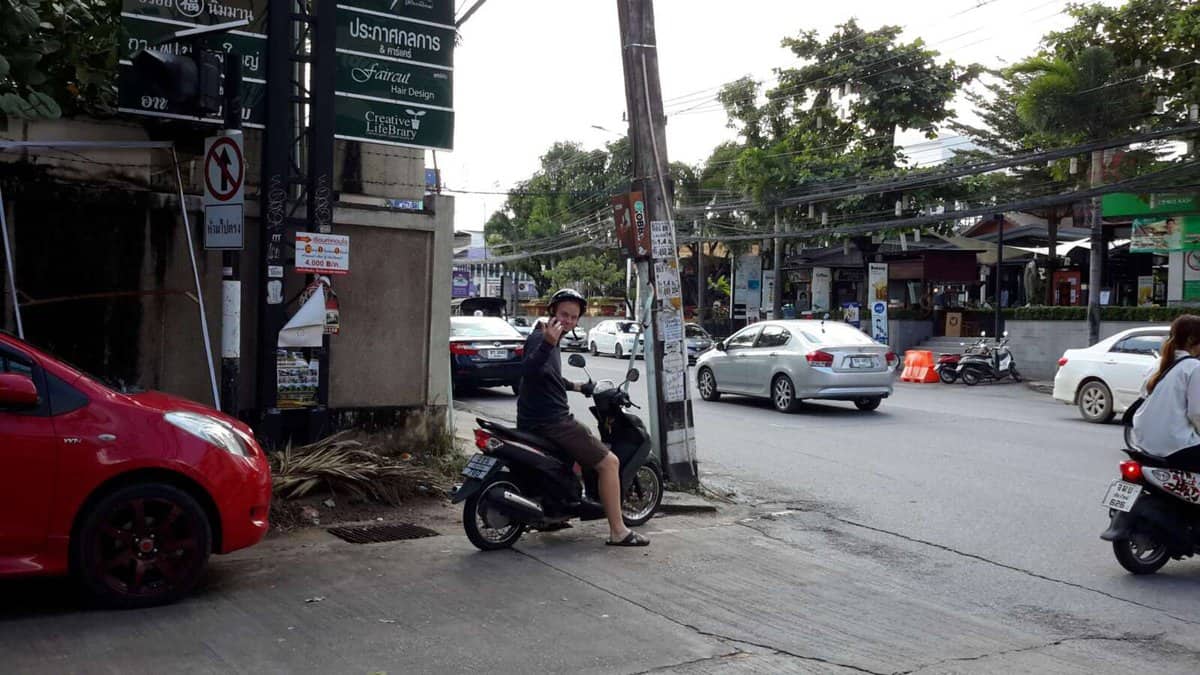
9. Day-to-Day Life
Beyond the major factors like cost of living and co-working spaces, the ease and convenience of daily tasks can significantly impact your overall experience as a digital nomad.
Let’s compare some aspects of day-to-day life in Chiang Mai and Bali.
Laundry in Chiang Mai:
Doing laundry in Chiang Mai is a breeze. Most apartments have laundry rooms, and if not, there’s an abundance of laundromats throughout the city.
You can choose to have your laundry done for you or opt for self-service, with prices typically very affordable.
While dryers are less common, line-drying clothes is the norm and works well in the warm climate.
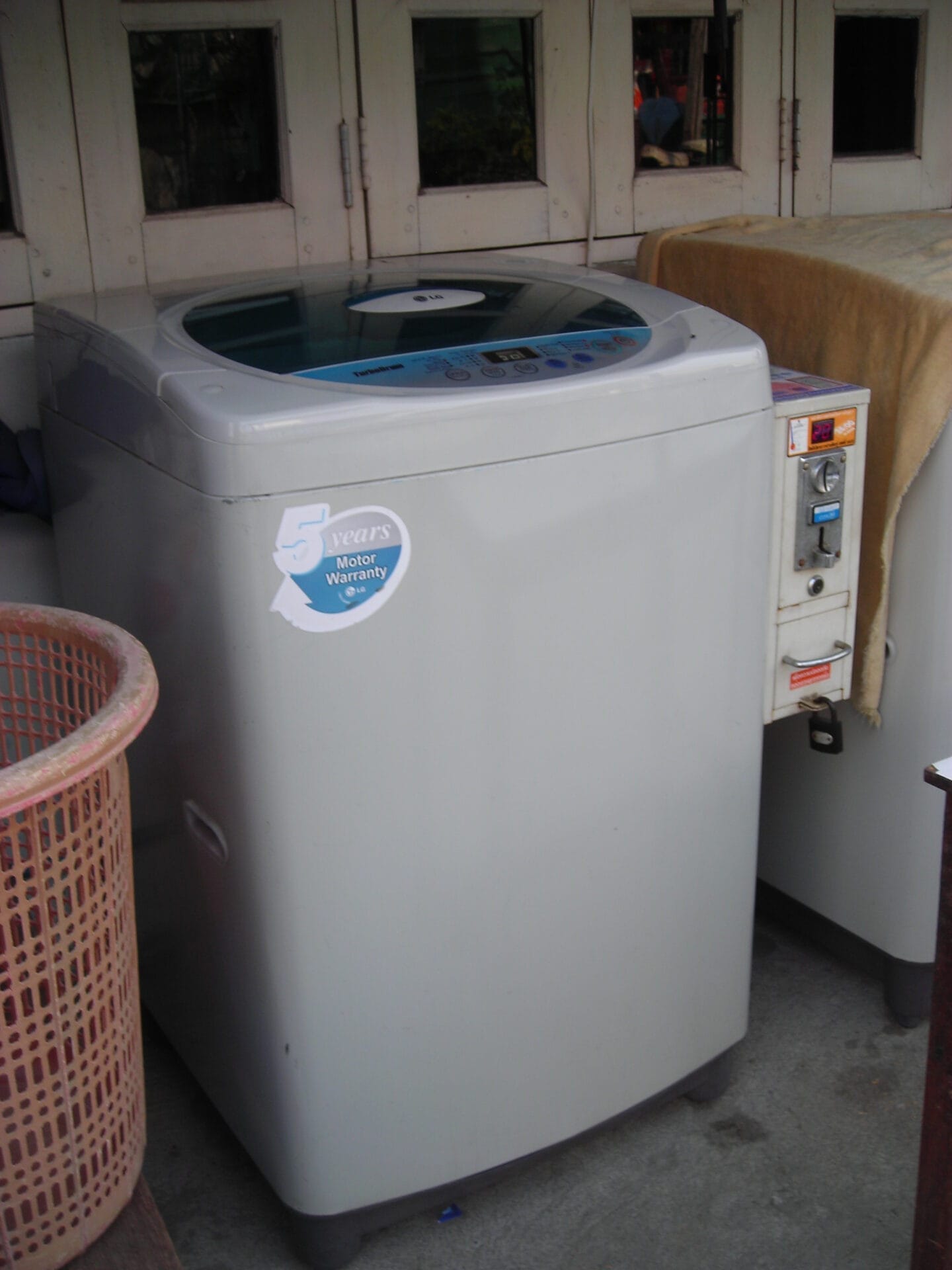
Laundry in Bali:
Laundry proved to be a surprisingly frustrating aspect of our time in Bali.
Sending our clothes out to a laundry service was shockingly expensive, comparable to hotel laundry prices in the U.S.
Finding self-service laundromats in tourist areas like Seminyak was also a challenge.
We ended up making a weekly 30-minute drive to Denpasar to find a laundromat, which was a significant inconvenience.
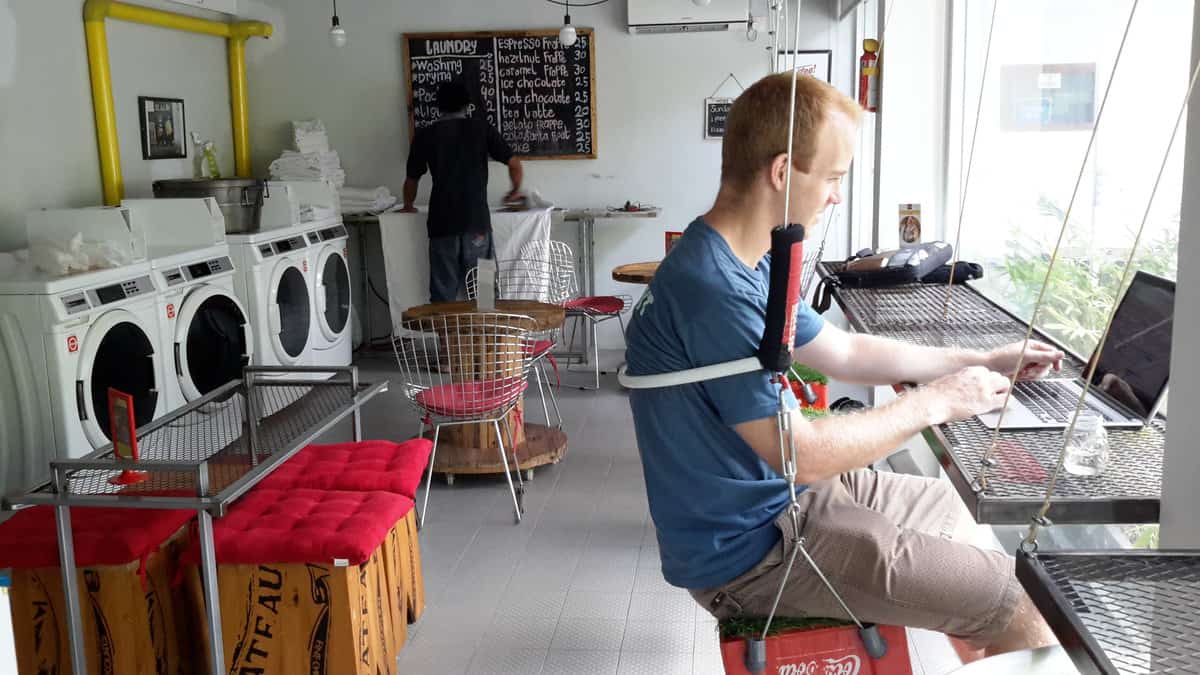
Groceries in Chiang Mai:
Grocery shopping in Chiang Mai is relatively easy, with a good selection of imported and local goods available at supermarkets.
Prices for imported items are generally comparable to Bali.
Chiang Mai excels in its abundance of fresh produce markets. These vibrant markets offer a wide variety of fruits, vegetables, and local ingredients at affordable prices.
Groceries in Bali:
Bali also has supermarkets offering a decent selection of groceries, with prices for imported items similar to Chiang Mai.
However, finding fresh produce markets in tourist areas can be more challenging.
We found one small market near Seminyak, but it lacked the variety and abundance of Chiang Mai’s markets.
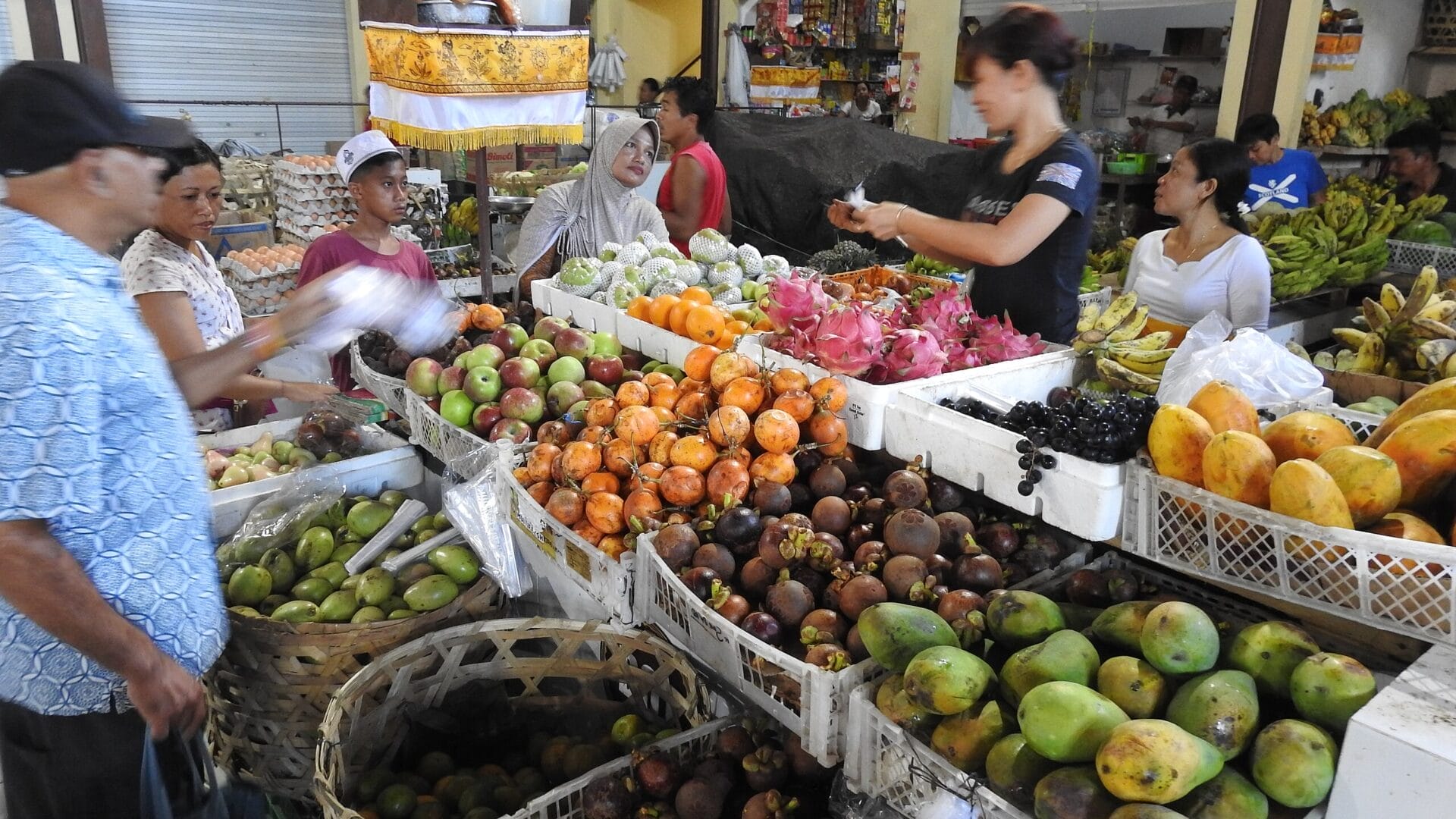
10. Other Considerations
Beyond the major factors we’ve already discussed, several other aspects can influence your experience as a digital nomad in Chiang Mai and Bali.
Cleanliness:
The streets and infrastructure in Chiang Mai are generally clean and well-maintained, contributing to a pleasant living environment.
Bali’s cleanliness can vary depending on the area. Tourist hotspots are generally well-kept, but some areas might have issues with trash and stray animals.

Stray Animals:
Bali has a significant stray dog population, which can be a concern for some people.
While most dogs are harmless, it’s important to be cautious and avoid approaching or petting them.
Chiang Mai has fewer stray animals, making it a more comfortable environment for those who are not fond of dogs.

Weather and Climate:
Both Chiang Mai and Bali enjoy pleasant tropical climates year-round.
However, Chiang Mai experiences a “burning season” or “smoke season” typically in March and April, when farmers burn their fields, resulting in poor air quality.
This can be a significant drawback for those with respiratory issues or sensitivities to air pollution.
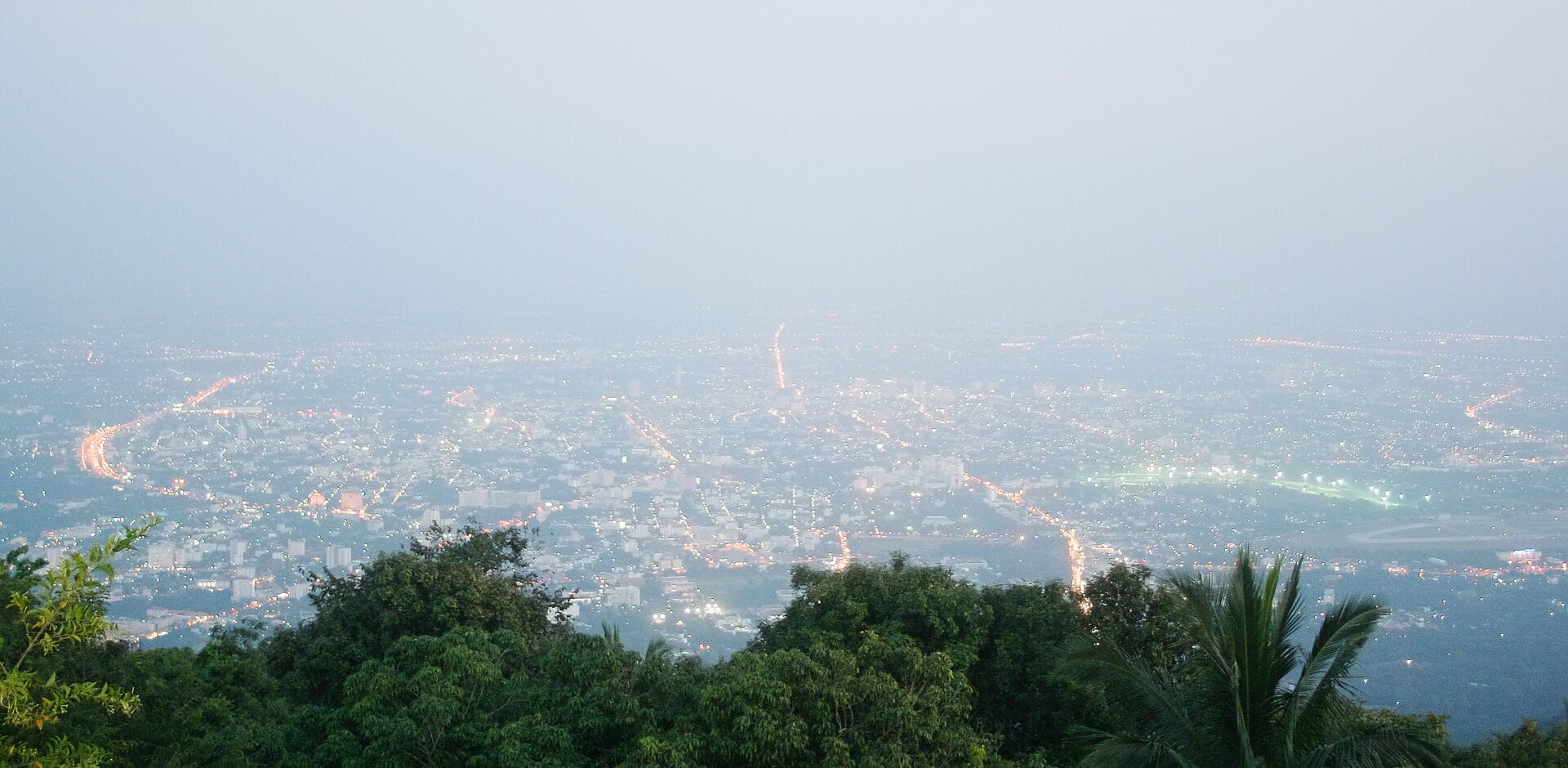
Coffee Culture:
Chiang Mai boasts a thriving coffee culture, with numerous cafes on Nimman road serving high-quality coffee at affordable prices.
Bali also has a growing coffee scene, but the prices tend to be higher.

Healthcare:
Chiang Mai is known for its excellent and affordable healthcare facilities.
The city has numerous hospitals and clinics offering high-quality medical and dental care, including specialized services like cosmetic procedures and fertility treatments.
While Bali also has healthcare options, the quality and affordability might not be as consistent.
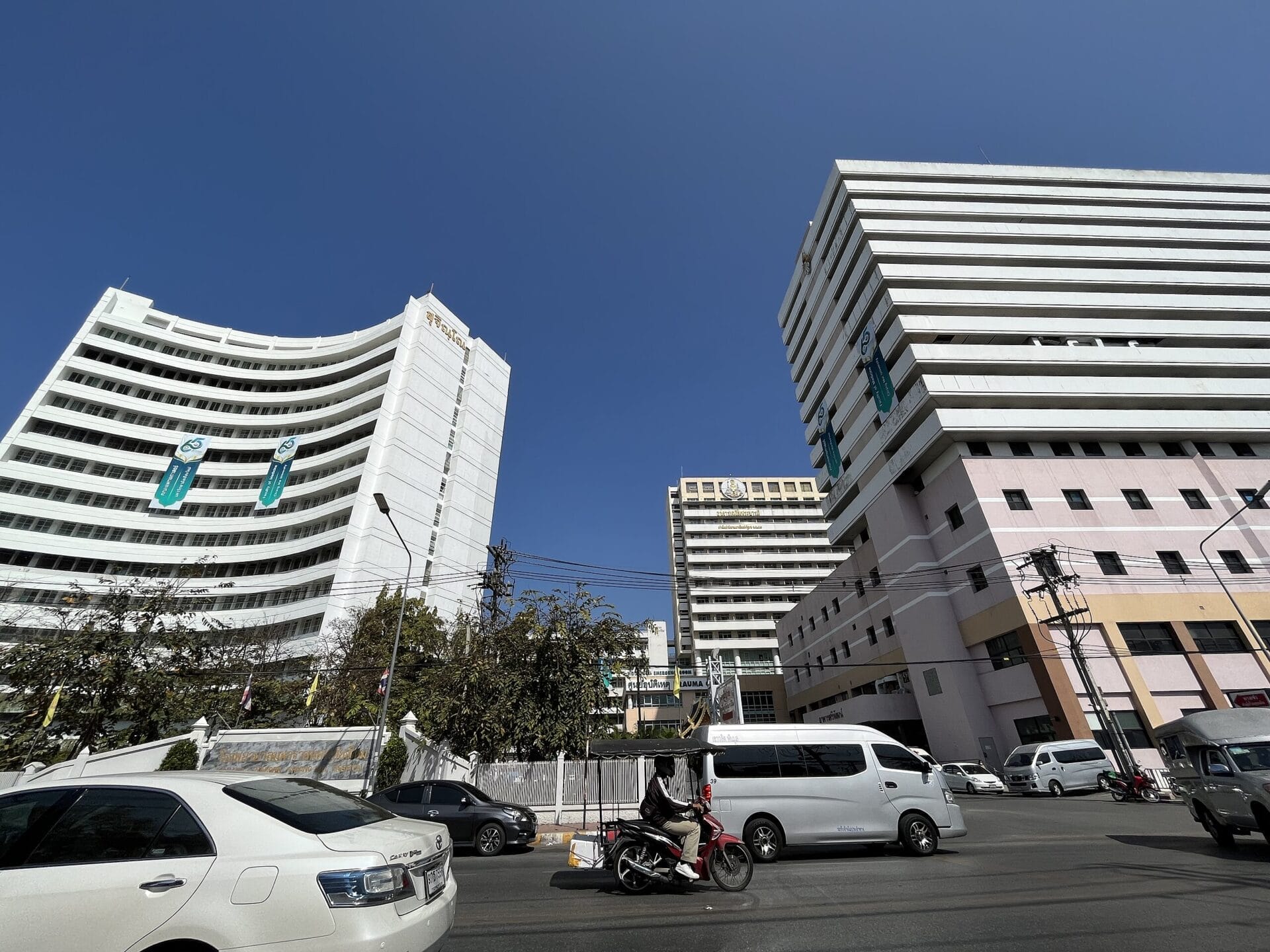
Things to Do:
Both Chiang Mai and Bali offer a wealth of activities and attractions to explore.
Chiang Mai is a great base for exploring temples, hiking in the mountains, visiting elephant sanctuaries, and experiencing the vibrant culture of northern Thailand.
Bali is renowned for its beautiful beaches, surfing spots, rice paddies, volcanic landscapes, and places like Sacred Monkey Forest Sanctuary in Ubud.
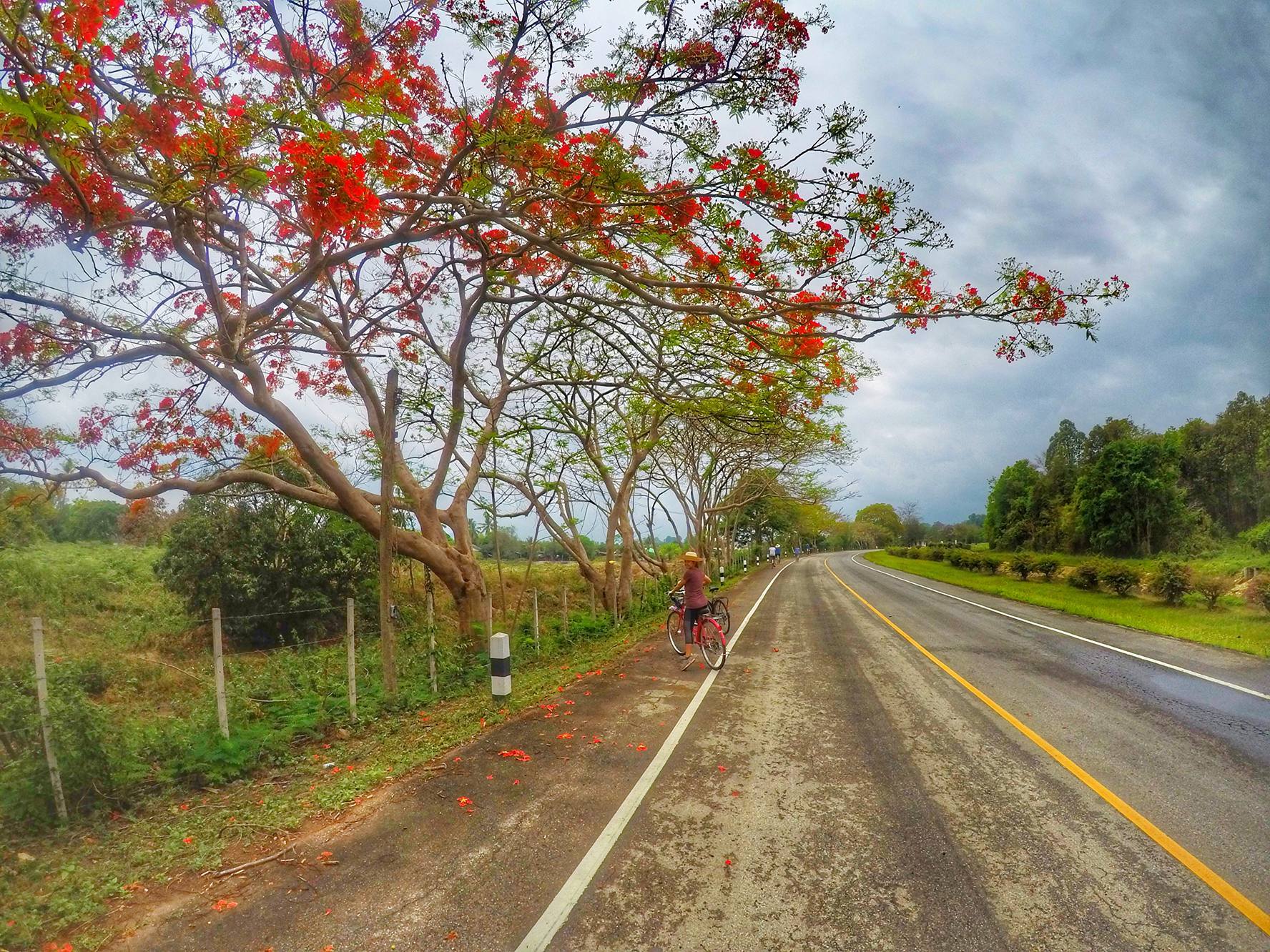
Conclusion
While Bali’s proximity to the beach was a major plus, Chiang Mai ultimately won us over with its affordability, comfort, and overall ease of living.
Chiang Mai’s laid-back atmosphere, genuine interactions with locals, and strong sense of community create a more appealing environment for long-term stays.
We found that the lower rent allowed us to allocate our budget towards other experiences and enjoy a higher quality of life.
We’d love to hear from you! Have you stayed long-term in Bali or Chiang Mai? Share your thoughts and experiences in the comments below.

Thailand vs. Bali: FAQs
Which has better nightlife: Bali or Thailand?
Thailand is generally considered to have a more vibrant and diverse nightlife scene compared to Bali. Cities like Bangkok, Pattaya, and Phuket offer a wide range of bars, clubs, and entertainment venues catering to different tastes. Bali’s nightlife is more concentrated in specific areas like Kuta, Seminyak, and Canggu, with a focus on beach clubs and bars.
Which is cheaper: Thailand or Bali?
Thailand is generally considered to be more affordable than Bali, especially for long-term stays. Accommodation, food, and transportation costs tend to be lower in Thailand, particularly in cities like Chiang Mai. Bali can be more expensive, especially if you’re staying in popular tourist areas or indulging in upscale dining and activities.
Is Thailand or Bali better for kids?
Both Thailand and Bali can be family-friendly destinations, but Thailand might be a better overall choice for kids. Thailand offers a wider range of kid-friendly activities, such as water parks, elephant sanctuaries, and interactive cultural experiences. Bali also has family-friendly options, but the beaches can sometimes have strong currents, and the infrastructure might not be as well-suited for young children.
What is the best month to visit Bali?
The best time to visit Bali is during the dry season, which runs from April to October. During this period, you can expect sunny skies, low humidity, and pleasant temperatures, ideal for enjoying the beaches and outdoor activities.
Is Bali still worth visiting?
Yes, Bali is still a worthwhile destination despite its growing popularity. The island offers a unique blend of natural beauty, cultural attractions, and spiritual experiences. While some areas might be crowded, you can still find hidden gems and enjoy a fulfilling trip with proper planning and research.
How many days are ideal for a Bali trip?
The ideal duration for a Bali trip depends on your interests and travel style. For a well-rounded experience, including exploring different regions and engaging in various activities, 7 to 10 days is recommended. However, you can still have a fulfilling trip with a shorter itinerary focused on specific areas or interests.
Is Bali or Hawaii better?
Bali and Hawaii are both stunning island destinations with unique offerings. Bali is known for its affordability, rich culture, spiritual atmosphere, and surfing opportunities. Hawaii offers a more developed infrastructure, diverse landscapes, including volcanoes and lush rainforests, and a strong focus on outdoor adventures. The better choice depends on your budget, priorities, and desired experiences.
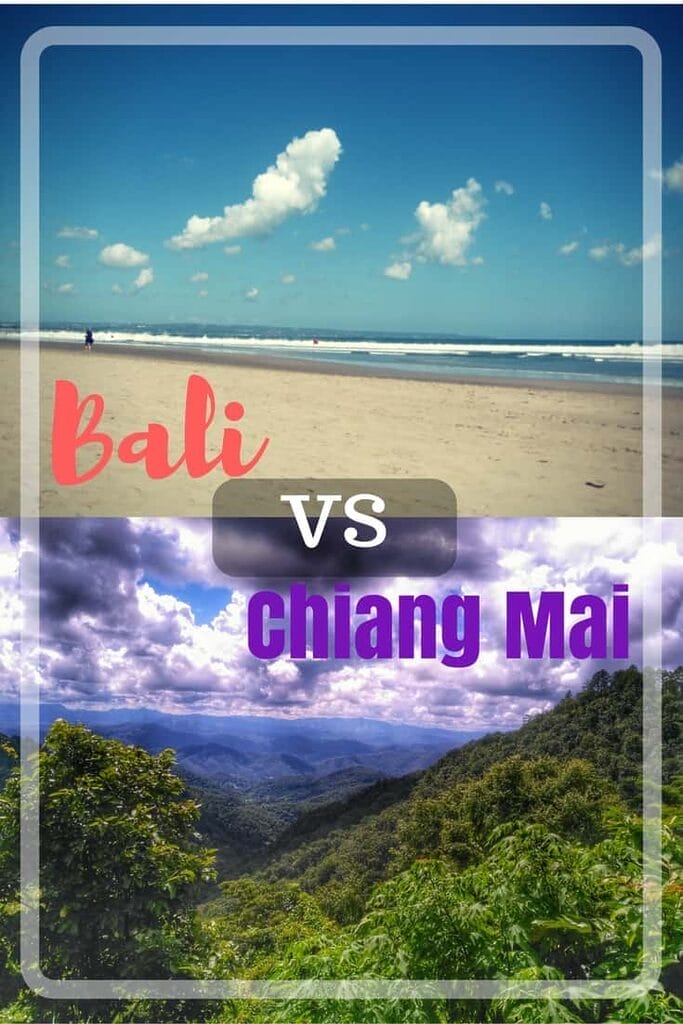

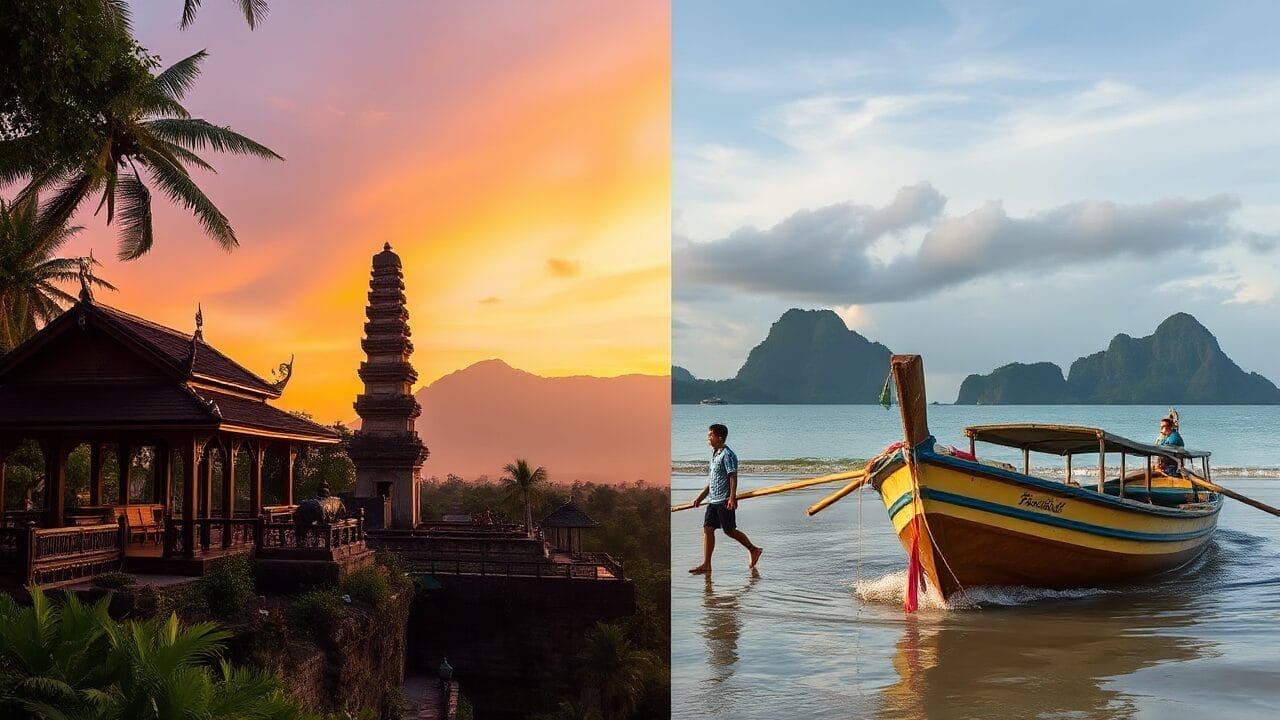
Leave a Reply